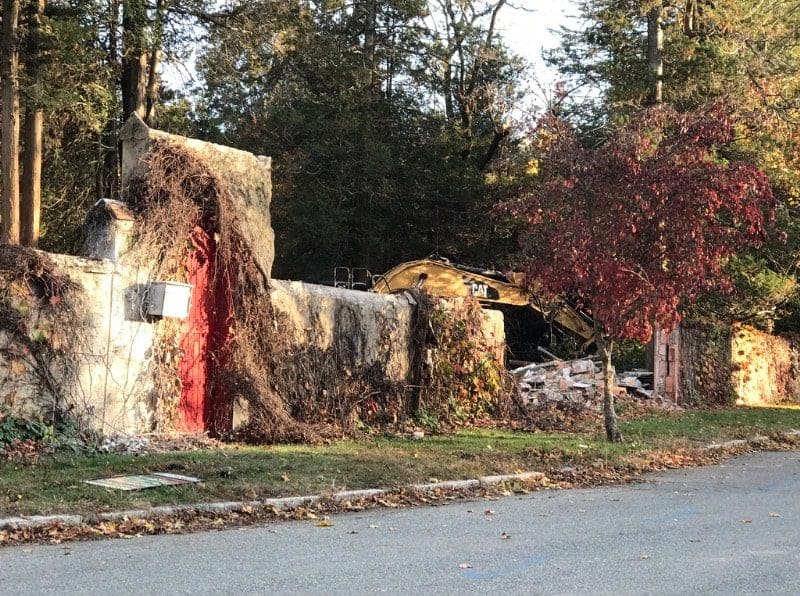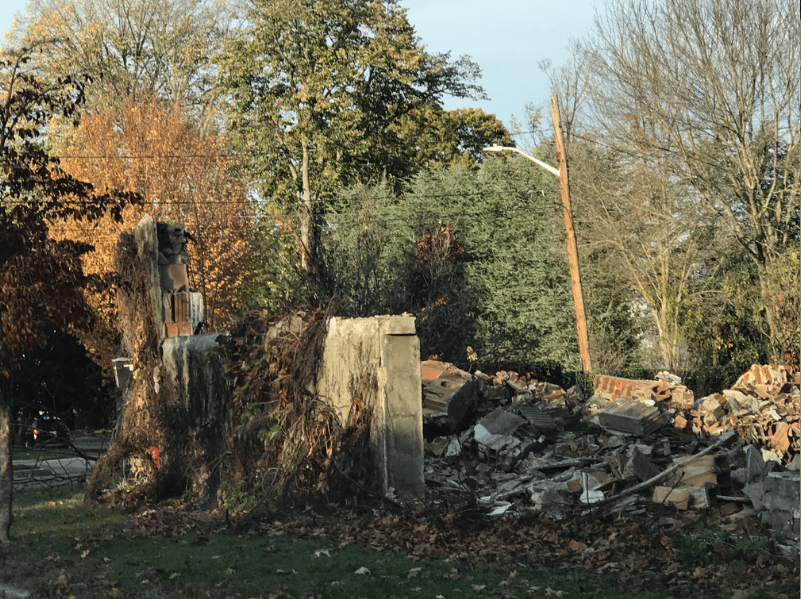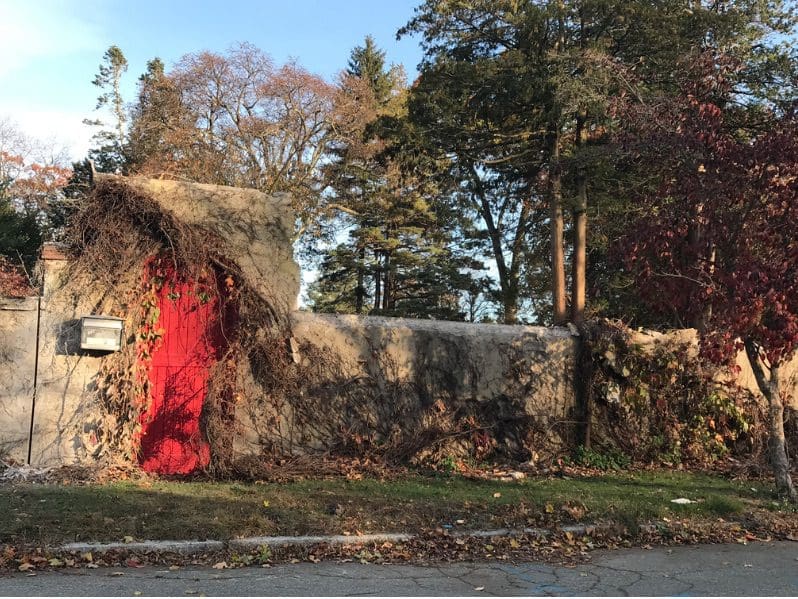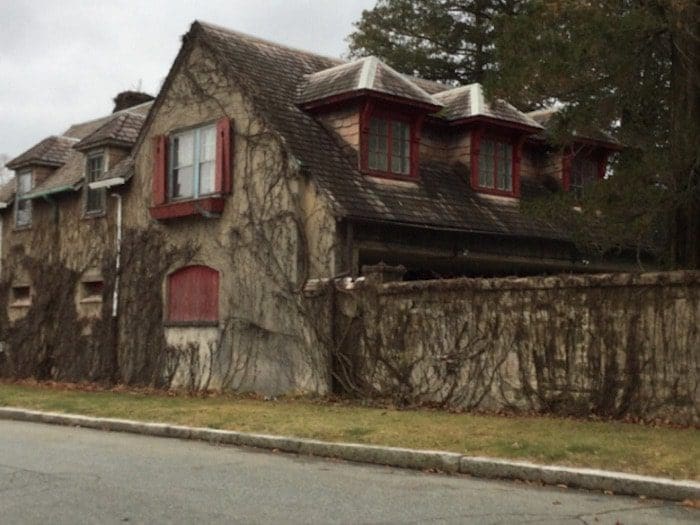Search Posts
Recent Posts
- Outdoors in RI: 138th Arbor Day, Princess Kate and access to nature, Winnapaug Pond, Vets fish April 18, 2025
- Saving lives, Paul Rego donates his 100th gallon of blood at the Rhode Island Blood Center April 18, 2025
- Rhode Island Weather for April 18, 2025 – Jack Donnelly April 18, 2025
- National Financial Literacy Month. BankRI offers free, virtual workshop: “Smart money moves… April 18, 2025
- GriefSpeak. Technology in Death and Grief – Mari Nardolillo Dias April 18, 2025
Categories
Subscribe!
Thanks for subscribing! Please check your email for further instructions.
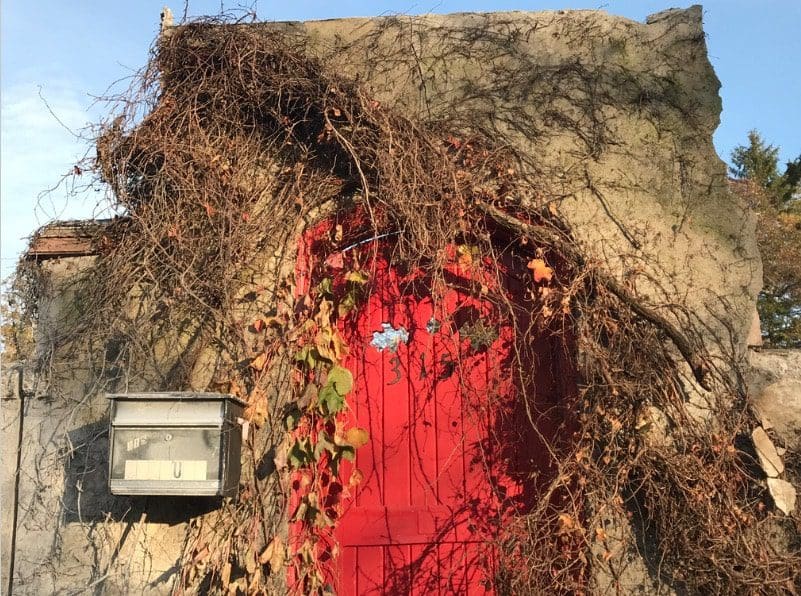
The Caretaker’s Cottage is history
By David Brussat, contributing writer, Architecture Here and There
This photograph should shock you.
Shot this afternoon, it is what remains of the caretaker’s cottage (or carriage house) at the old Beresford-Nicholson estate on Blackstone Boulevard, in Providence. The address is 315 Slater Ave. It used to front on Slater, which curves round the rear of the grounds along a stone wall encased in ancient vines. Above the wall rises the cottage, which might have been the most romantic building in Providence – until last week, when it was razed.
Here is what the 1986 survey of Providence by the Rhode Island Historical Preservation & Heritage Commission says of the cottage:
315. William Beresford Carriage House (ca. 1909): Clarke, Howe & Homer, architects. A 1½-story, gable-and-hip-roof, stuccoed carriage house with servants’ quarters in the attic story. Designed in the English cottage mode of the early 20th century, it was later converted to a 1-family residence (see 288 Blackstone Boulevard).
The Beresford-Nicholson mansion was saved, and that was cheered as if Blackstone were somehow short of fancy mansions. Don’t get me wrong, I applaud the purchase, without which the mansion would be history, too. Does the new owner recognize what is likely to go up cheek by jowl on the six or eight residential parcels carved from the subdivision of the estate? In 1999, I moved from Benefit Street into the newly renovated Smith Building downtown across from the rollicking Met Café next to Lupo’s Heartbreak Hotel in the newly renovated Peerless Building. I’d heard at the time that applicants to rent a unit in the Smith were told that the Met was a coffee shop. Huh? What did the real-estate agent tell the prospective owners of the Beresford-Nicholson mansion was going to happen in their back yard?
Go look at what’s become of the Bodell estate nearby, which was subdivided recently into five plasticky spec “homes” while retaining its mansion. Even the last-to-be-built modernist house – seemingly designed to make those who bought their houses early feel like idiots – has now been completed, along with its inevitable undertow on neighborhood house values. Nicholson-Beresford’s new owner, behold your fate!
The fate of the caretaker’s cottage suggests the fate of Providence under the development policies that have hobbled the city for decades: Ignore the municipal zoning that protects the historic character of neighborhoods. Encourage developers to build whatever is most likely to mar the beauty of Providence. Erode the city’s most powerful but (alas!) delicate competitive advantage in its contest with other American cities. Undertake any proposal, so long as it is likely to undermine the city’s brand of historic beauty, even though steps to strengthen that brand would be cheap, popular with the public, and easy to implement.
Then watch the city go downhill, as it has for decades. We got a brief reprieve in the 1990s when the Providence River was uncovered and lined with lovely bridges, parks and walking paths that fit into our historic character. Our civic leaders predictably learned absolutely nothing from that, and today we are back on the downhill slide. Before long, Providence will reach a tipping point of no return, and will become just another typical themeless pudding of a midsized city. We are almost there now.
This is what the demise of the caretaker’s cottage means.
By David Brussat, architect writer and founder of www.architecturehereandthere.com

